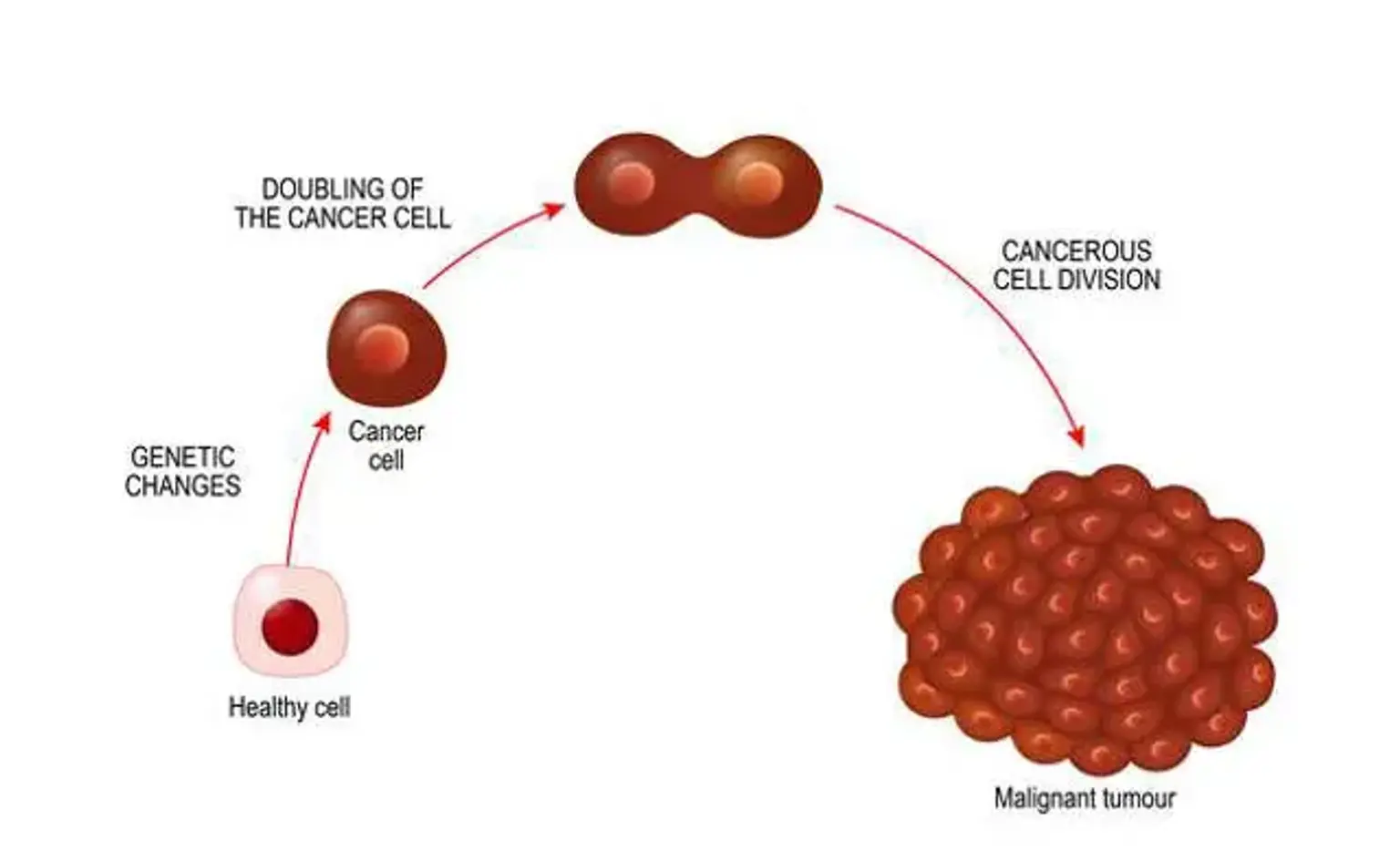What is Soft Tissue Sarcoma?
Soft tissue sarcoma (STS) is a rare and aggressive type of cancer that originates in the body's connective tissues. These tissues are essential for supporting, connecting, and anchoring different structures within the body, including muscles, fat, blood vessels, nerves, and tendons. Soft tissue sarcoma can develop anywhere in the body, though it most commonly affects the arms, legs, and abdomen.
Despite being relatively uncommon, STS can be serious due to its potential to spread (metastasize) to other parts of the body. The exact cause of soft tissue sarcoma is often unknown, but there are several risk factors that may increase its likelihood. Genetic mutations, previous exposure to radiation therapy, and certain inherited conditions, such as Li-Fraumeni syndrome or neurofibromatosis, can heighten a person’s risk. In many cases, sarcomas grow silently, and symptoms may not appear until the tumor is larger or has spread, making early detection and treatment challenging but crucial for a favorable outcome.
Common Symptoms of Soft Tissue Sarcoma
In its early stages, soft tissue sarcoma may not cause noticeable symptoms. However, as it grows, common signs include:
A lump or swelling that may or may not be painful.
Pain or tenderness in the area, particularly if the tumor presses against nerves or muscles.
Limited movement or difficulty with daily activities if the tumor is near joints.
Most people don’t feel any pain until the tumor reaches a certain size. Early detection is critical, as sarcoma symptoms can mimic less serious conditions. If you notice a growing lump or persistent pain, it's important to see a doctor for a thorough evaluation.
